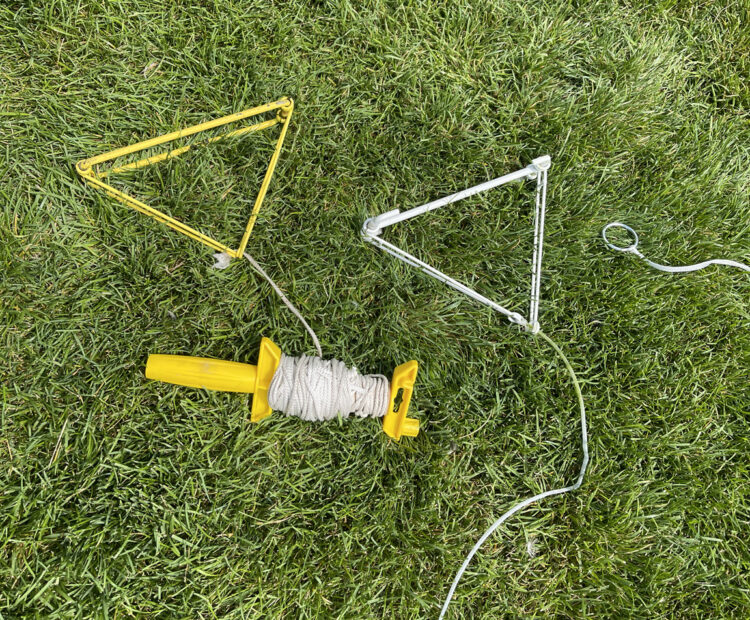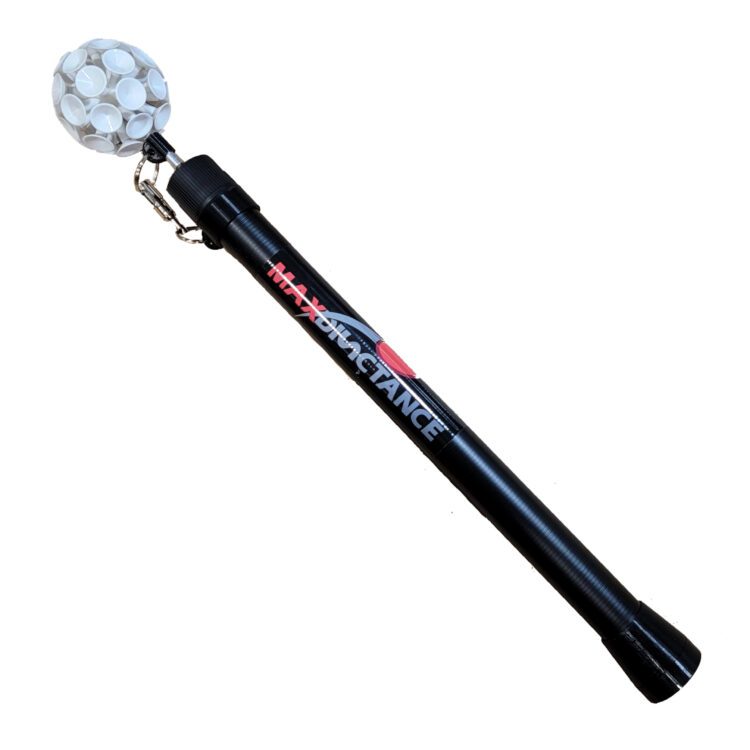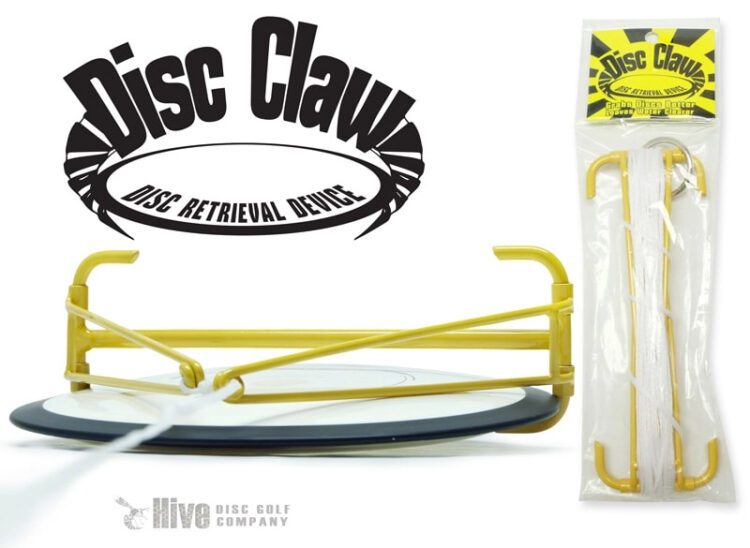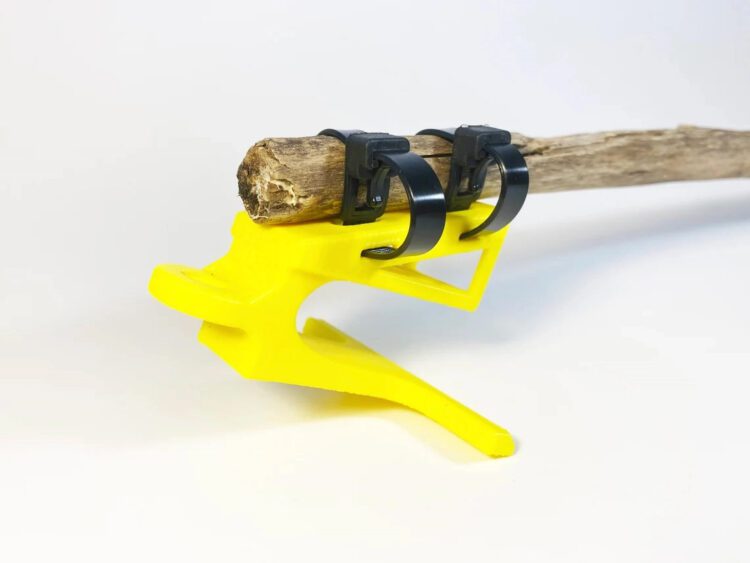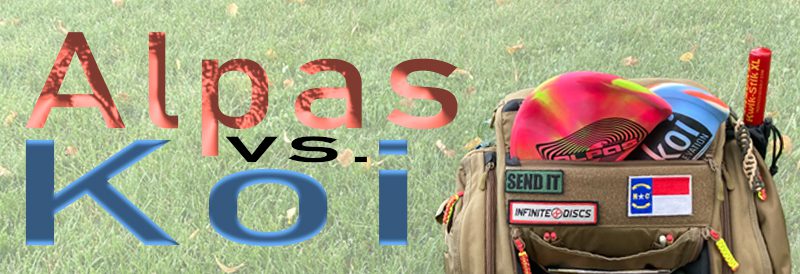Best Disc Golf Baskets 2025

Although some of us play disc golf casually and aren’t concerned about improving our skill, many of us want to get better so we can compete. Hands down, one of the best ways to dial in our putting is to have a basket readily accessible. Regular putting practice results in improvements in our putting game. So, which basket would be the best for you? Well, that depends on a couple things.
In this blog we’ll look at those factors and determine the best baskets, which will help you narrow down your choices. We also want to hear from you at the end, and will be giving out gift cards to random commenters.
Best Basket For You
One of the first questions that I ask someone who is looking for a basket is how it will mainly be used. If you are going to be setting up the basket in your backyard and at most moving around your yard, your basket needs will be different than if you will be hauling it to parks to practice, and occasionally the course for a temp hole from time to time.
I’ll group the baskets according their general type. The baskets will be sorted by Economy Baskets, Cloth Baskets, High-end Home Baskets, Narrow Baskets and Course Baskets. Then I will list the best for each type.
Best Economy Baskets
This is an entry level type of basket that is great for a first basket, a basket on a budget, or if you just want a basket but don’t want to spend much money. This level of basket does not have the quality nor disc catching ability of a more expensive basket. However, you can still develop your putting skills as much on an economy basket as a more expensive basket.
Economy baskets are typically easy to set up and move around. If you will be taking the basket to a park for practice, they are a good option. Since they aren’t the best at catching discs, they wouldn’t be your first choice for a temp basket for a tournament. But, they would work just fine in a pinch.
Doomsday Discs presents their “Lite” practice basket  which is a more sturdy, solid basket than most “lite” baskets on the market, but at an affordable, low cost. It is very easy to assemble and disassemble while still remaining very sturdy for backyard or bunker practice. The Doomsday Lite basket comes in 4 vibrant color options to spice up your practice sessions. This basket has two rows of 12 zinc-coated chains each, making 24 chains total.
which is a more sturdy, solid basket than most “lite” baskets on the market, but at an affordable, low cost. It is very easy to assemble and disassemble while still remaining very sturdy for backyard or bunker practice. The Doomsday Lite basket comes in 4 vibrant color options to spice up your practice sessions. This basket has two rows of 12 zinc-coated chains each, making 24 chains total.
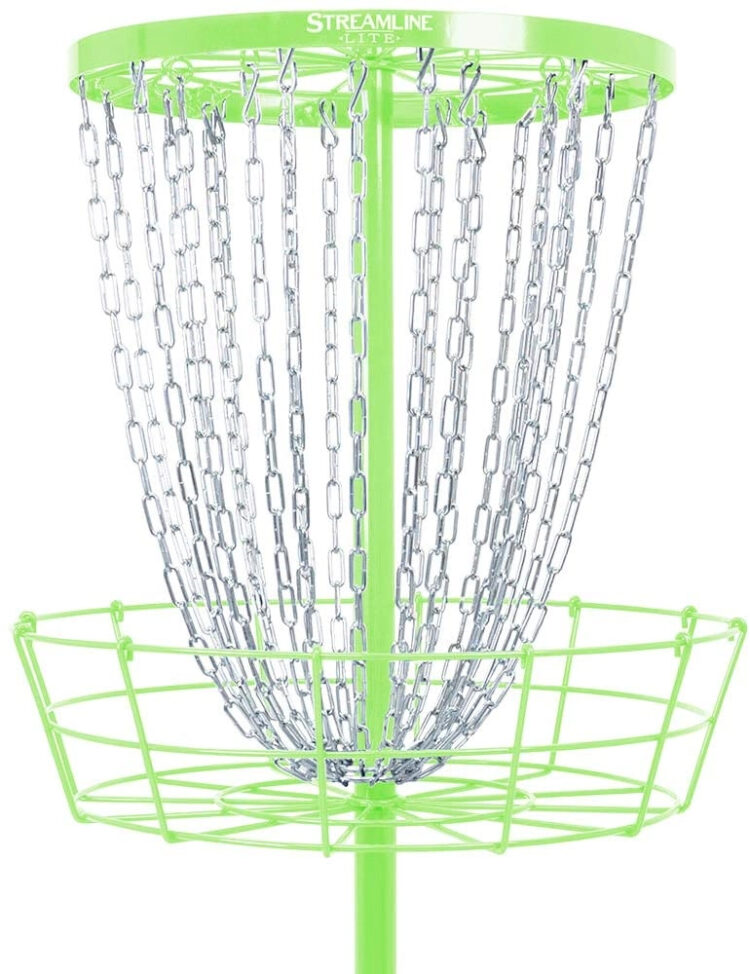 2 – Axiom Lite/Streamline Lite/Black Hole Lite
2 – Axiom Lite/Streamline Lite/Black Hole Lite
The Lite baskets from MVP/Streamline/Axiom are similar in design and function. The Black Hole Lite is available in black, while the Streamline and Axiom versions come in several different colors. All three brands have 26 chains for improved stopping power. They are lighter, less expensive versions of the Pro series. They all set up easily without tools.
The Pro Basket is a step up from the Lite in both cost and quality. 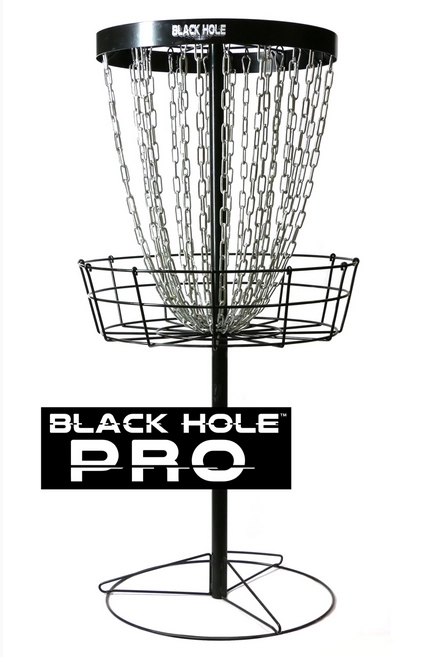 The quality of the welds, electroplating, and design combine to give you a upper-level quality at an entry-level price. The Pro basket has 24 chains in a pattern to help minimize chain outs and run throughs, to improve your confidence.
The quality of the welds, electroplating, and design combine to give you a upper-level quality at an entry-level price. The Pro basket has 24 chains in a pattern to help minimize chain outs and run throughs, to improve your confidence.
Check out all of Infinite Discs’ portable baskets HERE
Best Cloth Baskets
Since portability is a major reason to purchase a basket, making the basket out of cloth will help make moving it around even easier. Cloth baskets fold up and are easy to carry. I’ve had my Mach Lite for over a decade and it still works fine.
1 – DGA Mach Lite
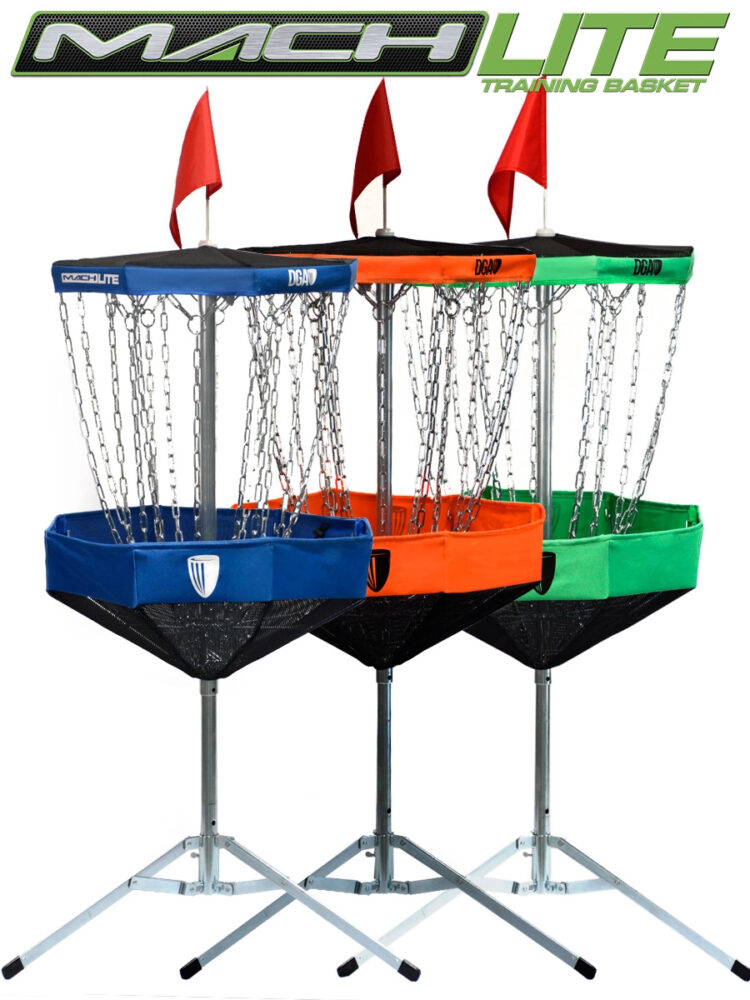
The design of the Mach Lite is impressive. It sets up in about a minute, and takes down in about the same. The included cloth bag makes it easy to transport. With the cloth basket you will make putts that you wouldn’t make on a metal basket, and run through the chains more, but if you’re looking for ease of transport, it’s worth it.
If you like to practice putting and you have a bunch of putters, this is a basket to consider. It’s deep basket let’s you putt a dozen discs and they will sit deep enough that they won’t interfere with your putts. It is similar to the Mach Lite in its ability to catch discs, which isn’t the best. But since it is easy to haul around, that is a good trade off.
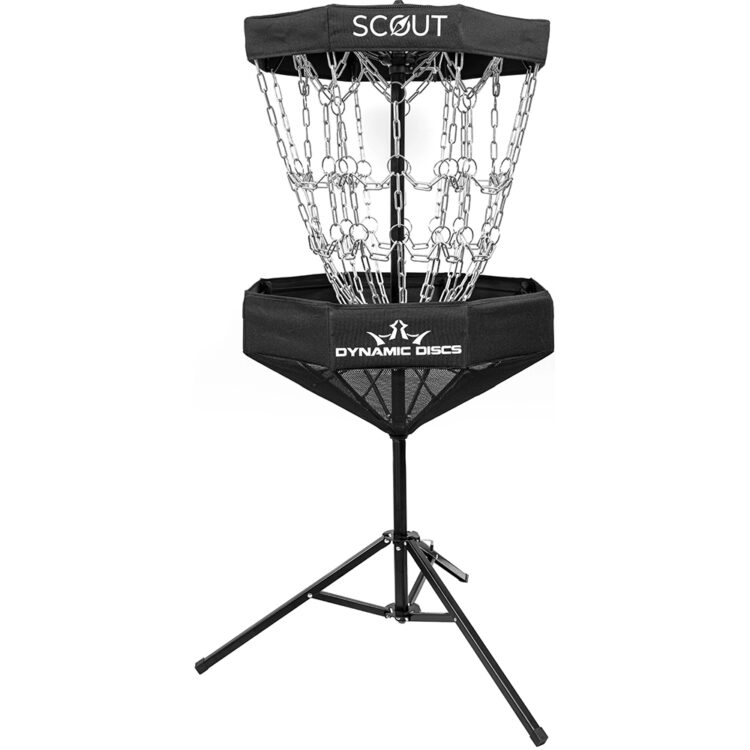
The chains on the Scout feel a little stiffer than the Mach Lite or the Traveler. If you have a fast putt, the chains will help stop your discs. If not, you may end up with more bounce outs than you would like. You definitely won’t have discs run through the chains. Like the other cloth baskets, the Scout sets up easily and at 24 pounds is easy to transport.
Best High-end Home Baskets
If you want to duplicate the performance of a course basket but don’t want to fork out the big bucks for one, these are some good baskets to consider. They are more durable and stop discs better than economy baskets. If you will be moving baskets around a lot these will hold up better. They usually still as easy to disassemble. If you are okay with the extra cost, these will last longer than cheaper baskets.
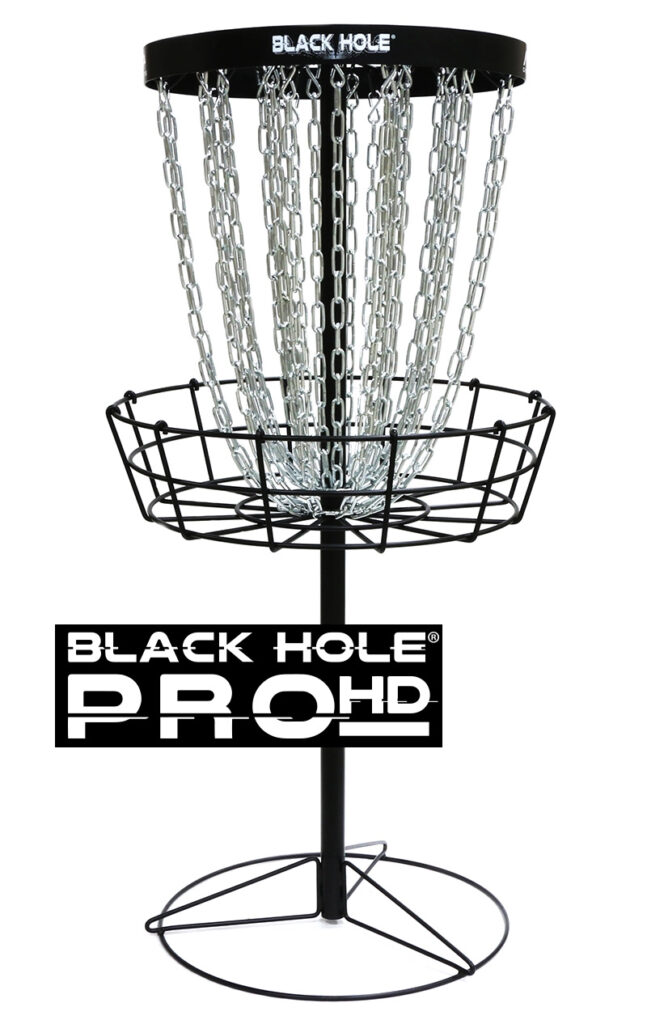 1- Axiom Pro HD/Black Hole Pro HD
1- Axiom Pro HD/Black Hole Pro HD
Another step up from the Pro baskets, the Pro HD has additional features that bump it out of the economy range. It features thicker wire and heavier chains than the Pro. Naturally this makes it a little more difficult to carry around. Yet, it still disassembles in under a minute. Considering the quality improvements, this basket is not much more than the HD.

This high-end home basket features 24 hot-dip galvanized chains to catch your putts. It comes in three powder-coated colors to give you a little variety. It is designed to replicate the performance of a course basket, but at a much lower cost.
The DisCatcher Sport 24 is a high-quality basket that you can use at home for putting practice, and also as a temp basket on a course. It is easy to move around and set up. It features 18 chains in the outer row, and six on the inner. This is a good combination of disc stopping and run-through prevention. Requires a screwdriver for assembly/disassembly.
Check out all of Infinite Discs’ portable baskets HERE
Best Narrow Baskets
This genre of basket is designed to help you focus on a smaller target, then when you are playing on a regulation basket, it will seem bigger. I’ve had one in the past and I liked putting on it. I wouldn’t recommend one as a first basket. If you already have a regular basket, this would make a good second basket.
1- Dynamic Discs Marksman Lite
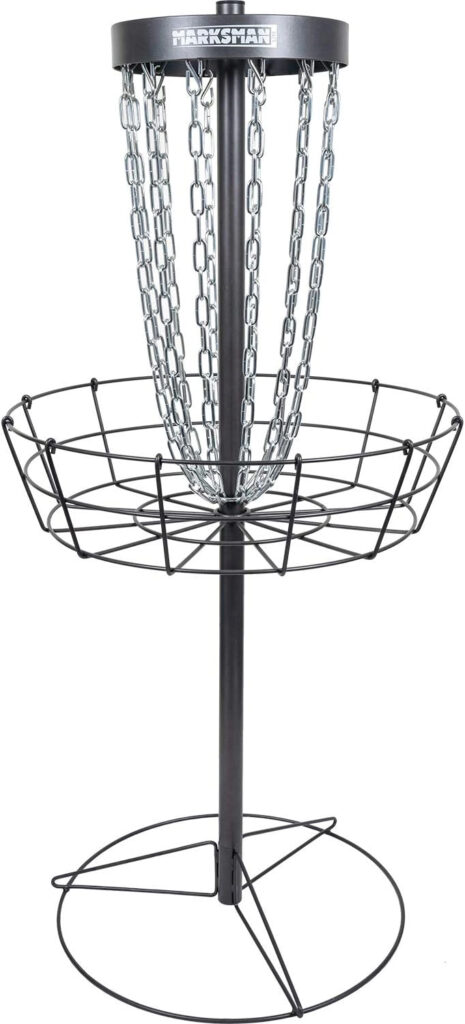
This is a lighter and much less expensive basket than the Marksman. It has fewer chains and is lighter. It is still difficult to actually make it int the basket when putting. That’s kind of the point of this type of basket. Still, even fewer putts will stick in this basket vs the Marksman. If you’re okay with that then you’ll save quite a bit by going with this version of the Marksman.
Like the other Black Hole baskets, the Precision is also easy to set up or take down – without tools. It has a single row of 12 chains in a narrow ring. The chains are course-weighted for more stopping power and fewer bounce outs.
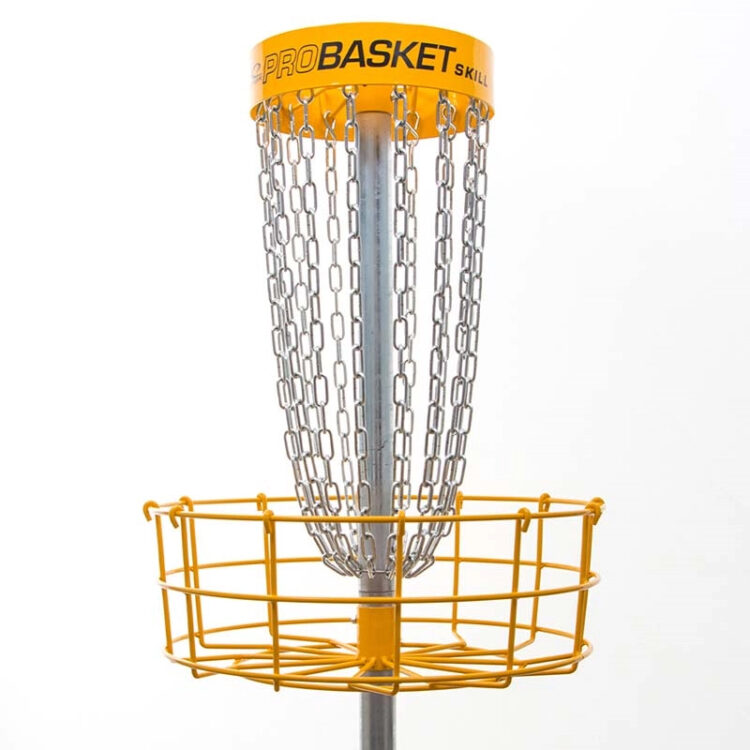
The ProBasket Skill is a higher quality target basket at a higher price. It has 15 chains and will grab a few more putts than the other narrow baskets. If you are going to be moving the baskets around a lot, it would be worth it to have the more sturdy ProBasket. If not, save a few bucks and get one of the less expensive baskets.
Honorable Mention

The Mach Shift is a hybrid basket that converts from a regular sized basket to a narrow basket. And if you really want to hone your focus, it drops down to become a shorter narrow basket! It has pretty good disc stopping ability as a full-sized basket and should be considered as an option if you’re thinking about getting a narrow basket.
Best Course Baskets
These baskets are professional level portable baskets. They are heavy-duty, and heavy. If you want to mimic all of the benefits of a course basket at home, these are the baskets for you. You’ll get durability and disc-grabbing power. Plus, if you need to add a hole to an existing course, these baskets will fill in nicely.

Weighing in at 60 pounds, you’ll be glad that the Dynamic Discs Recruit comes with a wheel on the base. It has 26 heavy-duty chains to grab your discs. With tools you can break down the basket for transport, and it will fit nicely in your trunk. This basket is great for putting practice because it performs just like a professional course basket. Plus, if you need a basket for a temp course, this one will
Approved for sanctioned tournaments up to B-Tier. The ProBasket Trainer has two rows of 13 chains each to catch and hold your putts. It is a top-tier basket that is similar to the best course baskets. The ProBasket comes apart for easier transport.
Check out all of Infinite Discs’ portable baskets HERE
This blog gives you some ideas about the options available for you. By considering what you will be using the basket for, and how much you want to spend, you can pick a basket that will work for you. Keep in mind, if you are practicing your putts on even the cheapest basket, you will still be improving!
Give us some feedback and win a gift card!
We want to hear from you!
- If you have a basket, tell us which one you have.
- If you have more than one, let us know your favorite.
- Don’t have a basket? Which one would be at the top of your wish list?
We’ll select three random commenters and award an Infinite Discs gift card.
Note about submitting your comments: Once you submit your comment it will have to be approved before it appears on the blog. That is how we avoid spam on our blogs. It may take a couple days to get approved, depending on our backlog.

 2-
2-  3-
3-  2-
2-  2-
2- 



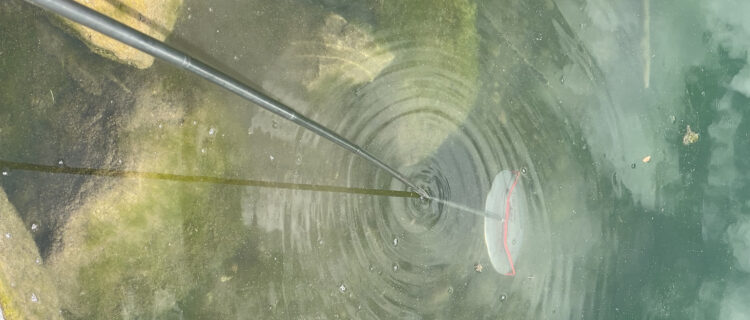
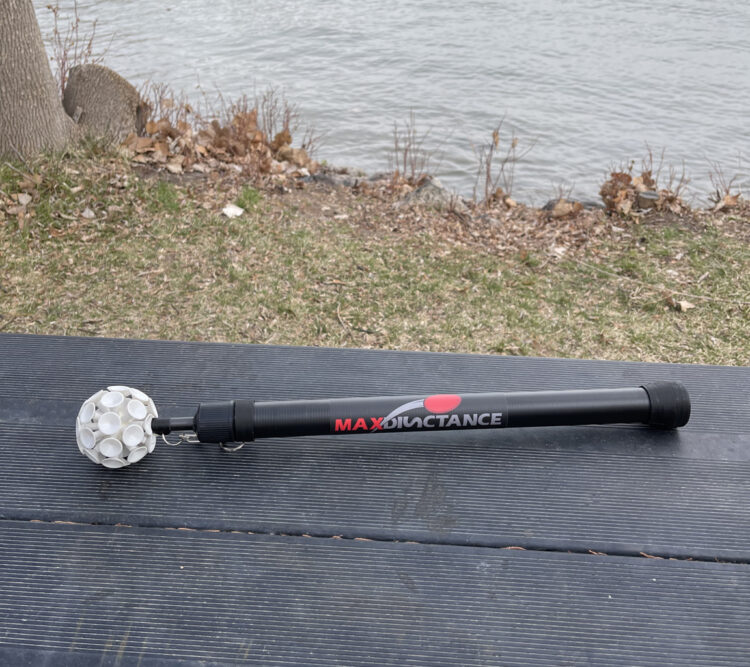
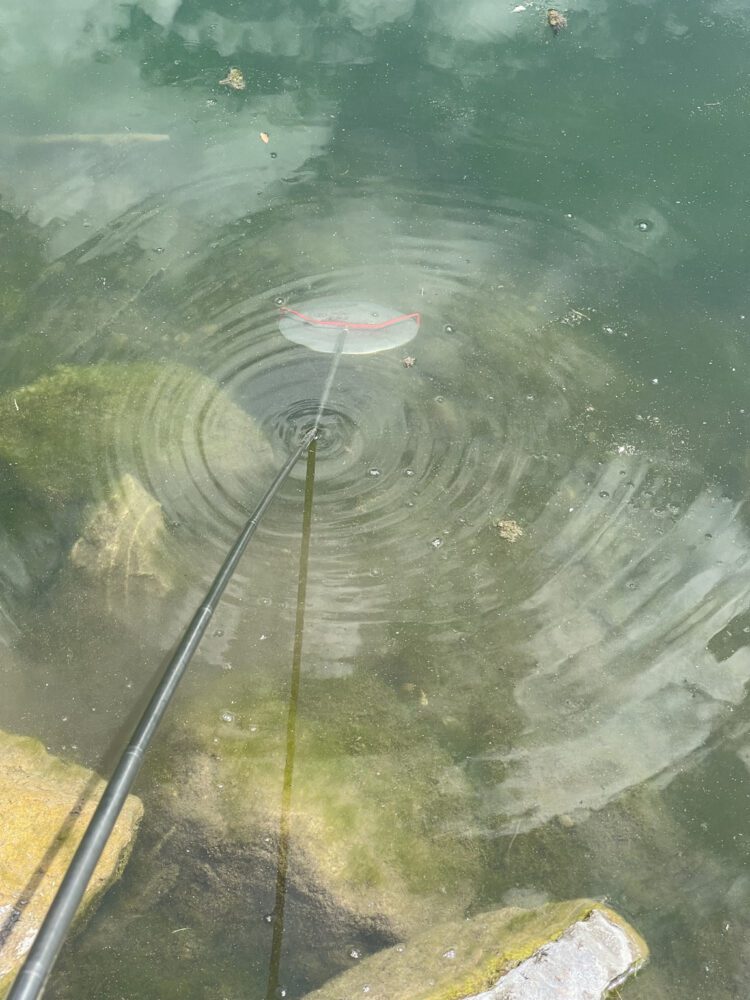 One of the drawbacks of having a telescopic pole is their use in water. Although they can successfully be used to retrieve a disc in a river or pond, they are sometimes difficult to control and can only serve to dislodge the disc, but not bring it to shore. The success of the retrieval depends on the body of water and the tip of the retriever. They can’t reach a disc that lies beyond their max extension. Plus, they can end up with water inside them, which might leak out into your bag or cause corrosion. It is also possible to break a pole if too much force is exerted.
One of the drawbacks of having a telescopic pole is their use in water. Although they can successfully be used to retrieve a disc in a river or pond, they are sometimes difficult to control and can only serve to dislodge the disc, but not bring it to shore. The success of the retrieval depends on the body of water and the tip of the retriever. They can’t reach a disc that lies beyond their max extension. Plus, they can end up with water inside them, which might leak out into your bag or cause corrosion. It is also possible to break a pole if too much force is exerted.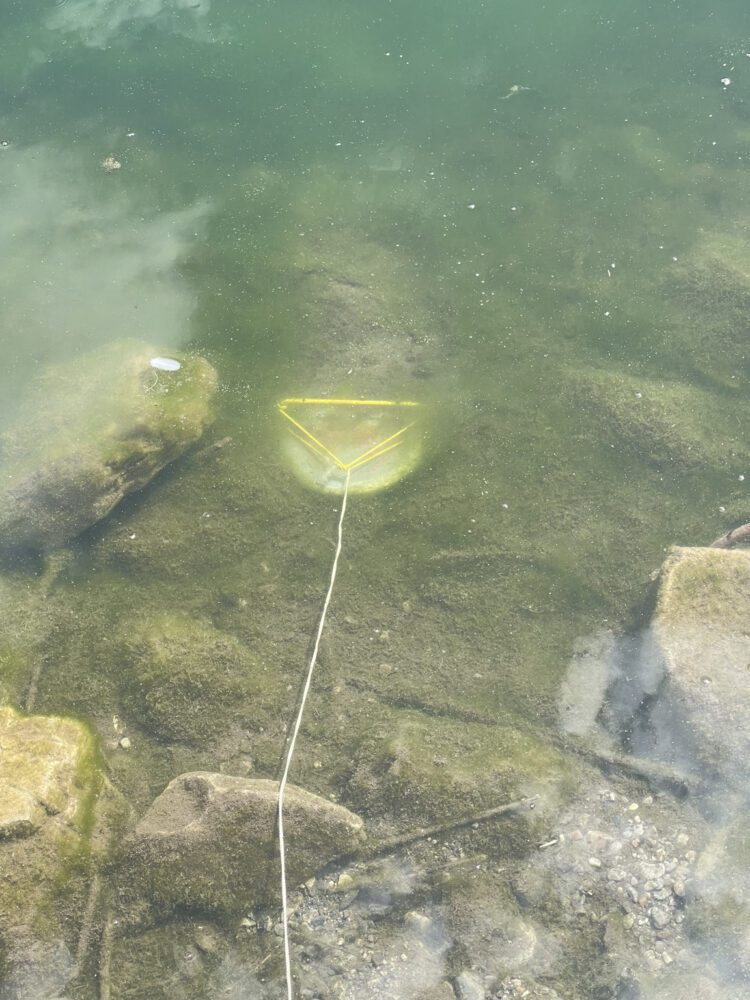 pole. If your disc is in water beyond the reach of your pole, you would be out of luck unless you had a rope retriever such as a Disc Claw or Golden Retriever.
pole. If your disc is in water beyond the reach of your pole, you would be out of luck unless you had a rope retriever such as a Disc Claw or Golden Retriever.